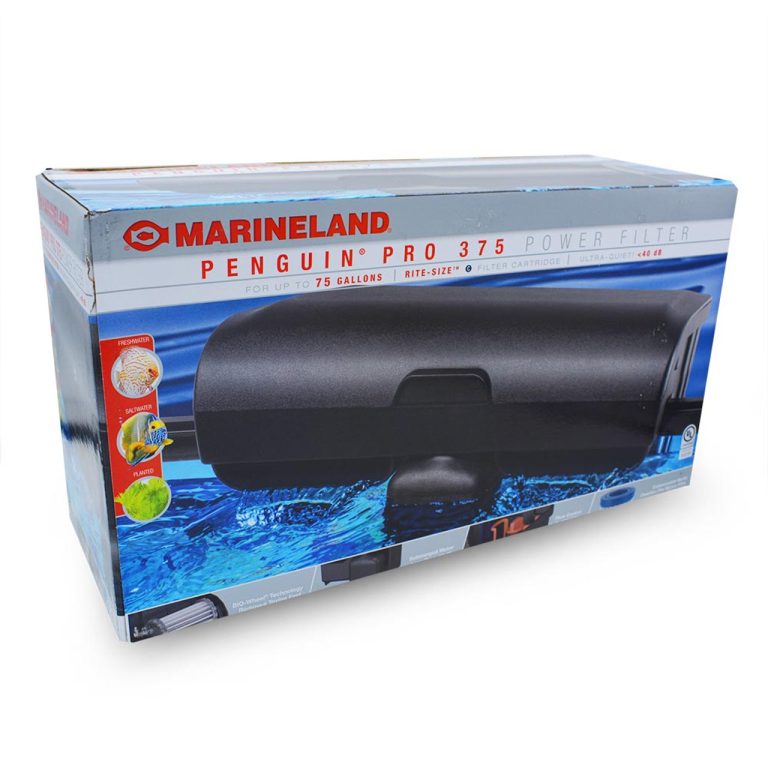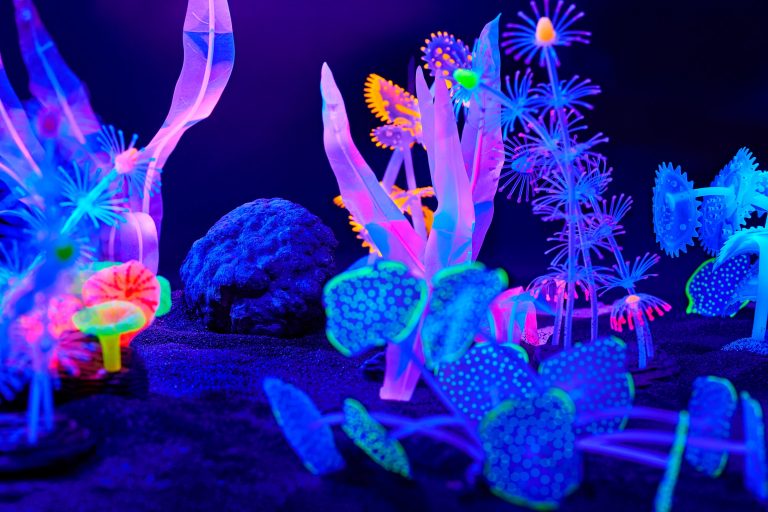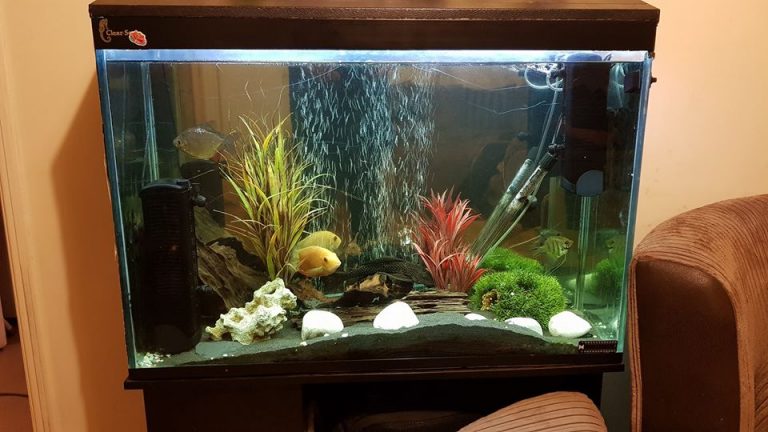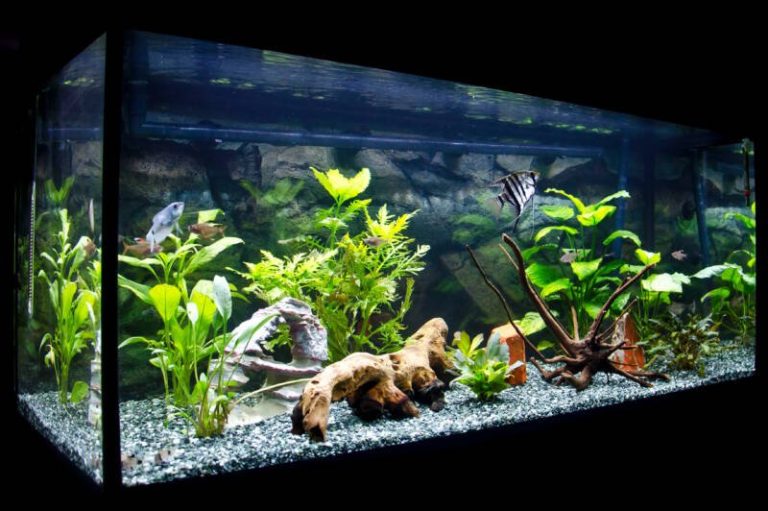How To Get Rid Of Purple Algae In Freshwater Tank
How to Get Rid of Purple Algae in Your Freshwater Tank
If you’re a fish enthusiast, you know how important it is to maintain a clean and healthy environment for your aquatic friends. However, sometimes, an unwelcome visitor can make its way into your freshwater tank – purple algae. Purple algae, also known as cyanobacteria, can quickly take over your tank and harm your fish if left unchecked. But fear not, in this article, we’ll guide you through effective methods to get rid of purple algae and restore balance to your tank.
Understanding Purple Algae in Freshwater Tanks
Before we discuss ways to eradicate purple algae, let’s understand what it is and why it tends to thrive in freshwater tanks. Purple algae, despite its name, isn’t actually algae. It’s a photosynthetic bacteria that can appear in various colors, including purple, red, green, or even black. This type of bacteria can attach itself to surfaces in the tank, such as rocks, gravel, plants, and even the glass.
The primary reason purple algae thrives in freshwater tanks is due to an imbalance of nutrients and lighting conditions. Excessive nutrient levels, such as high levels of nitrates and phosphates, coupled with prolonged exposure to light, create the perfect breeding ground for cyanobacteria. Additionally, poor water circulation and inadequate tank maintenance can contribute to the growth of purple algae.
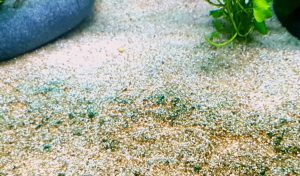
1. Adjusting Light and Nutrient Levels
To combat purple algae, it’s crucial to restore a healthy balance of light and nutrients in your freshwater tank. Here’s how you can do it:
a. Reduce Light Duration: Purple algae thrives in prolonged exposure to light. Consider reducing the light duration to 8-10 hours per day using a timer on your aquarium light. This will prevent excessive photosynthesis, which is a key factor in purple algae growth.
b. Improve Water Circulation: Poor water circulation can create stagnant areas, providing an ideal environment for purple algae. Install a quality aquarium water pump or adjust your existing filter to enhance water flow in all areas of the tank. This will help prevent the buildup of nutrients and discourage the growth of purple algae.
c. Regular Water Changes: Perform regular water changes to dilute any accumulated nutrients. Aim for weekly water changes of 20-25% of the total tank volume. Be sure to use treated, dechlorinated water at the appropriate temperature matching your fish’s needs.
2. Manual Removal and Cleaning
Removing purple algae manually is an effective way to control its growth. Here are some steps you can follow:
a. Scrubbing the Affected Surfaces: Use a soft-bristled brush or algae scraper to gently scrub the affected surfaces, such as rocks, gravel, and glass. Be careful not to scratch the glass or damage plants and other tank inhabitants.
b. Vacuuming the Substrate: To remove any loosened algae, use a gravel vacuum to siphon out debris from the substrate. This will prevent decaying matter from contributing to nutrient levels and future algae growth.
c. Pruning and Cleaning Plants: If your aquarium has live plants, inspect them closely for signs of purple algae. Trim off any affected leaves and rinse the plants under running water to remove spores or bacteria.
3. Chemical Treatments
While manual removal and tank adjustments are usually sufficient to control purple algae, in severe cases, you may need to resort to chemical treatments. It’s important to use these treatments as a last resort and follow the manufacturer’s instructions carefully. Here are a few options to consider:
a. Peroxide Spot Treatment: Spot-treating affected areas with hydrogen peroxide (H2O2) can help kill purple algae. Use a syringe or dropper to apply a small amount of hydrogen peroxide directly onto the algae. Be cautious, as hydrogen peroxide can harm desirable plants and fish if not used properly.
b. Algaecide: Algaecides specific to freshwater aquariums can help eliminate purple algae. Before using an algaecide, carefully read the instructions and dose according to the manufacturer’s recommendations. Be mindful that some algaecides can harm beneficial bacteria in the tank, so use them judiciously.
4. Biological Solutions
Introducing certain organisms can also aid in controlling purple algae. While not always a quick fix, these organisms can contribute to the overall balance of your tank and reduce the occurrence of purple algae. Some options include:
a. Snails: Adding snails to your tank, such as Malaysian trumpet snails or nerite snails, can help control algae growth. They are known to eat decaying matter and algae, including purple algae.
b. Shrimp: Certain species of shrimp, like Amano shrimp or cherry shrimp, are natural algae eaters. These tiny scavengers can help clean up your tank by feasting on purple algae and other undesirable organisms.
Frequently Asked Questions
1: Is purple algae harmful to my fish?
While purple algae itself is not toxic, an overgrowth can harm fish by depleting oxygen levels and releasing harmful toxins. It’s crucial to address the issue promptly to maintain the well-being of your aquatic friends.
2: Why does purple algae keep coming back even after cleaning?
Purple algae can be persistent and may keep recurring if the underlying causes, like nutrient imbalances or lighting issues, are not resolved. It’s essential to address these root causes along with manual cleaning to prevent its return.
Final Thoughts
Dealing with purple algae in your freshwater tank may seem daunting, but with the right approach, you can successfully eliminate it and create a healthier environment for your fish. Remember to maintain a proper balance of lighting, nutrients, and regular tank maintenance to prevent future outbreaks. By following the steps outlined in this article and staying vigilant, you’ll be able to keep your tank free from the grip of purple algae. Happy fishkeeping!


